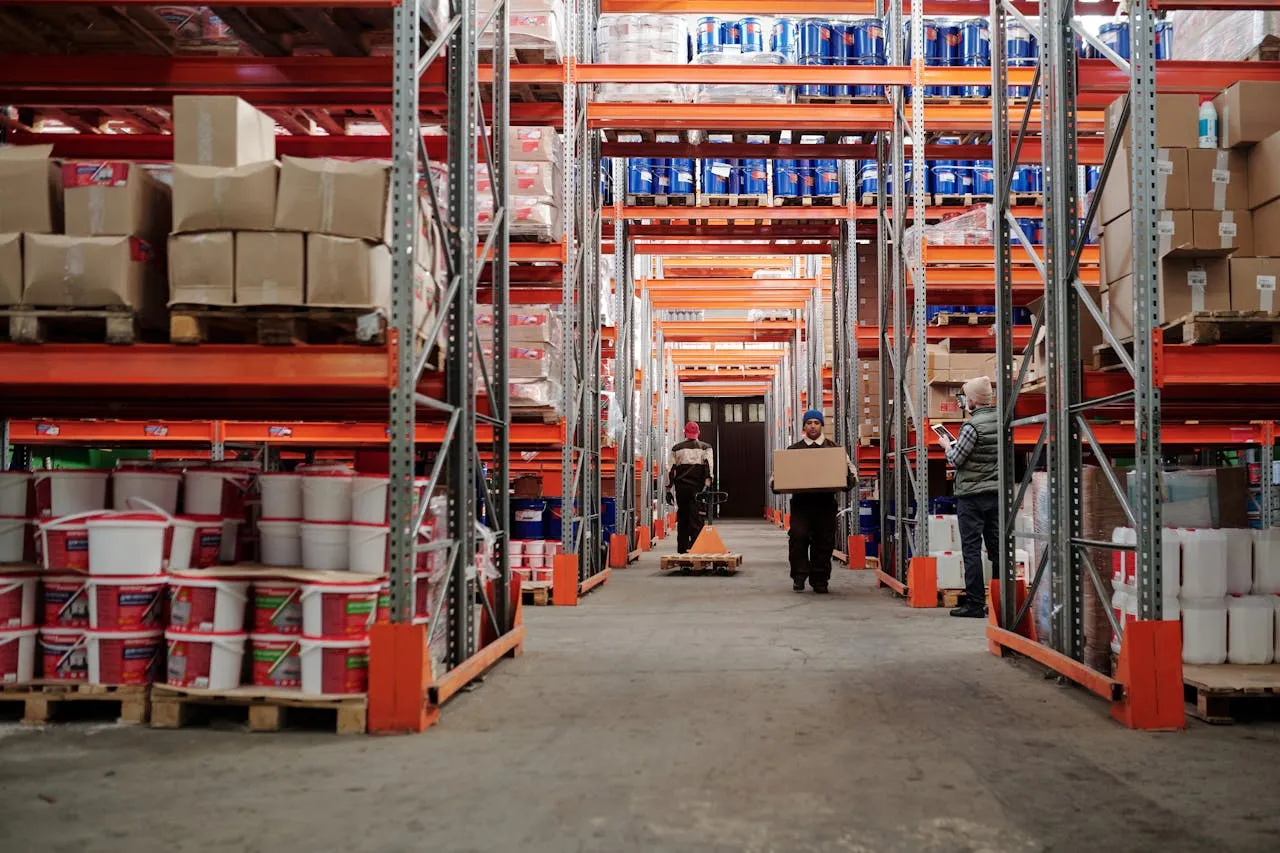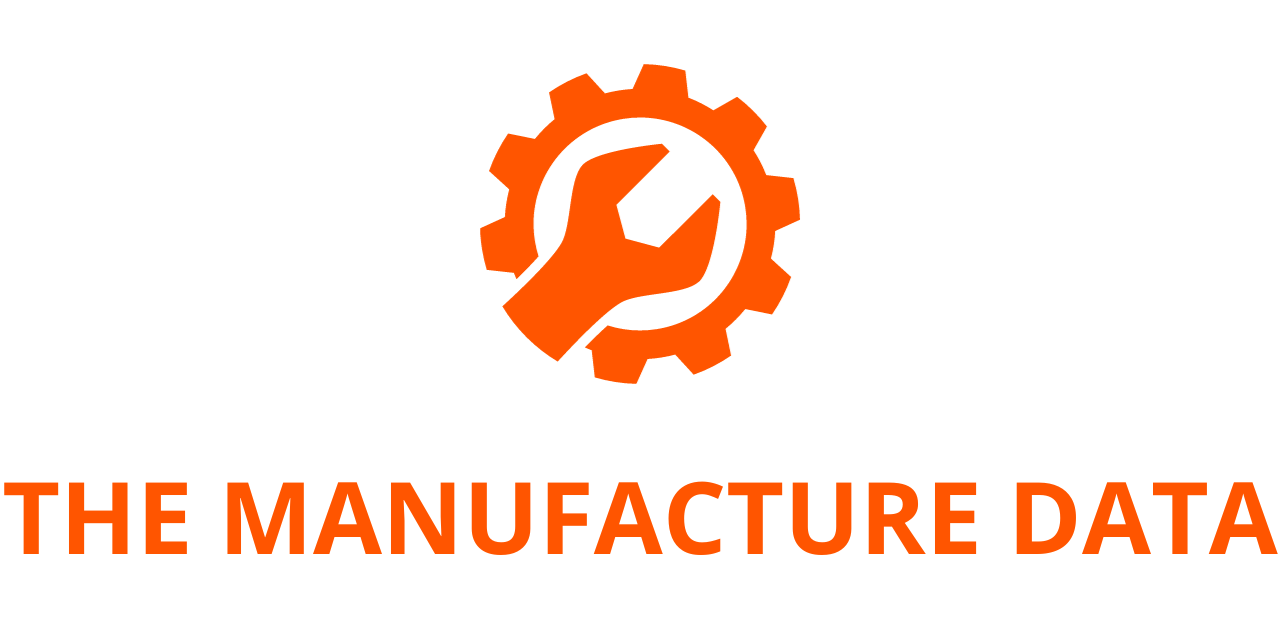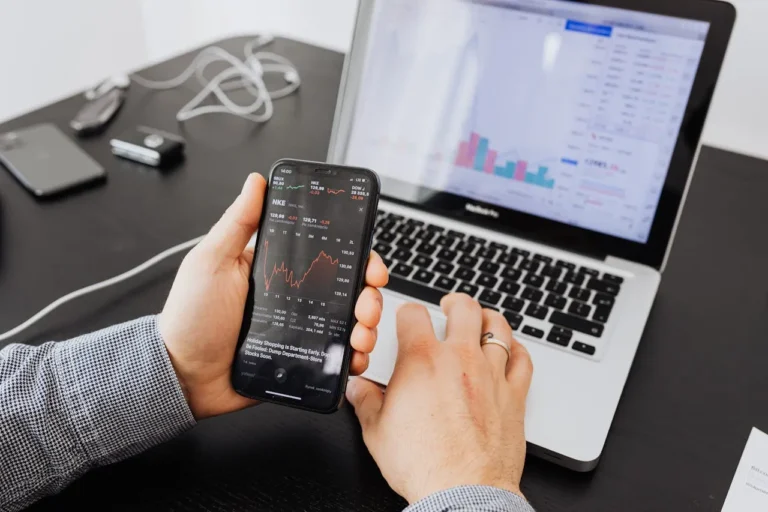
Flexible Packaging Market Outlook 2025–2030: Fragmented Competition, Sustainability Push, and Technological Advancements Drive Growth
The latest “Flexible Packaging Market Research Report 2025–2030” published by ResearchAndMarkets.com offers a detailed analysis of the global market landscape, highlighting industry trends, key growth drivers, regional dynamics, and competitive developments shaping the future of flexible packaging worldwide.
According to the report, the global flexible packaging market is projected to grow at a compound annual growth rate (CAGR) of 3.04% between 2024 and 2030. This moderate yet consistent expansion is supported by rising demand across the food and beverage, personal care, healthcare, and e-commerce sectors, along with a global shift toward sustainable and lightweight packaging formats.
Highly Fragmented Global Landscape
The flexible packaging industry is highly fragmented, comprising both major multinational corporations and numerous regional or niche manufacturers. Large global players such as Amcor, Berry Global, Mondi Group, Sealed Air, TC Transcontinental, Sonoco Products, Huhtamaki, Ahlstrom, Smurfit Westrock, and AptarGroup dominate with their extensive resources, advanced manufacturing capabilities, and strong distribution networks.
These companies continue to invest heavily in research and development (R&D) to innovate sustainable materials, enhance recyclability, and reduce environmental impact. They also pursue strategic mergers and acquisitions (M&A) to expand regional presence, gain technological expertise, and diversify their product portfolios.
A notable example is Constantia Flexibles’ 2024 acquisition of Aluflexpack, which provided the company with an expanded technology base and access to new markets. Similarly, Amcor’s acquisition of Berry Global strengthens its position as a leading global packaging solutions provider.
Meanwhile, smaller regional firms remain competitive by offering customized solutions, lower production costs, and faster delivery cycles, often catering to local industries or niche applications. This dynamic creates a vibrant and competitive environment across all segments of the value chain.
Geographical Market Analysis
Asia-Pacific (APAC): The Largest and Fastest-Growing Market
APAC accounted for the highest revenue share, surpassing USD 76.9 billion in 2024, and remains the most dynamic region in the global flexible packaging industry.
This growth is primarily driven by rising consumer demand for packaged foods, beverages, personal care products, and pharmaceuticals, fueled by rapid urbanization and a growing middle-class population. Moreover, the booming e-commerce sector across China, India, Japan, and Southeast Asia is significantly contributing to demand for durable and cost-efficient flexible packaging that can withstand the rigors of shipping.
Manufacturers in the region are also investing in eco-friendly solutions, supported by increasing regulatory initiatives promoting sustainability and recyclability.
Europe: Sustainability at the Core
Europe remains a key player in the flexible packaging market, driven by regulatory reforms and sustainability mandates. In 2024, the European Parliament approved new legislation restricting single-use plastics such as mini shampoo bottles and thin grocery bags. This has accelerated the regional shift toward recyclable mono-materials, biodegradable options, and reusable packaging.
European manufacturers are also adopting advanced printing technologies and innovative material compositions to meet customer expectations for both performance and aesthetics, aligning with the EU’s Green Deal objectives and circular economy principles.
North America: E-commerce and Efficiency Drive Growth
North America’s flexible packaging sector is projected to expand at over 2.7% CAGR through 2030. The region’s strong e-commerce growth, led by Amazon and direct-to-consumer retail models, is increasing the need for lightweight, protective, and cost-efficient packaging.
Amazon’s Frustration-Free Packaging (FFP) initiative is a notable example, incorporating flexible packaging formats that minimize waste and improve shipping efficiency. Advances in printing technology and material science are also enabling more versatile packaging designs, fueling further adoption.
Latin America: Rising Demand for Sustainable Packaging
Latin America’s flexible packaging market was valued at over USD 14 billion in 2024, driven by growth in consumer goods and food sectors. Countries like Brazil, Chile, and Colombia are experiencing heightened demand for recyclable and compostable packaging, influenced by government-led plastic reduction initiatives.
Brazil, in particular, is the fastest-growing market in the region, supported by strong domestic consumption, expanding e-commerce, and the ongoing modernization of the food and beverage industry.
Middle East & Africa: Emerging Potential
In the Middle East and Africa, market expansion is being driven by urbanization, changing lifestyles, and the rising preference for convenient, lightweight packaging. The regional food and beverage industry is witnessing rapid modernization, with sustainability gaining traction as local governments and companies adopt environmentally responsible manufacturing practices.
Impact of Tariffs
Tariff-related pressures on the flexible packaging industry are expected to remain moderate during the forecast period. However, increased import tariffs on raw materials such as plastic resins and aluminum foil are adding to production costs. Manufacturers are responding by revising sourcing strategies, seeking local supply options, and passing part of the increased costs to consumers.
Key Market Trends and Drivers
1. Sustainability Takes Center Stage
The transition to sustainable flexible packaging is reshaping the global market. Manufacturers are developing recyclable, compostable, and biodegradable materials to comply with environmental regulations and meet consumer expectations.
For example, in March 2025, Nordmeccanica, Ecopol, and Henkel collaborated to create a recyclable paper/film laminate, illustrating how innovation and cross-industry partnerships can accelerate the adoption of eco-friendly packaging that reduces waste and carbon emissions.
2. AI and Robotics Revolutionizing Production
The integration of artificial intelligence (AI) and robotics in packaging design and production is driving efficiency and sustainability. AI tools optimize material usage, reduce waste, and improve logistics planning.
Amazon, for instance, uses AI-driven systems to determine when to replace cardboard boxes with flexible packaging, cutting down on unnecessary materials and improving supply chain efficiency.
3. E-commerce Expansion Fuels Demand
The rapid growth of online retail is one of the strongest demand drivers for flexible packaging. With 2.55 million e-commerce sites in the U.S. alone, and similar growth across China and the U.K., the need for lightweight, durable, and customizable packaging is soaring. These materials provide convenience, cost efficiency, and sustainability — essential attributes for online sellers.
4. Mergers and Acquisitions Strengthen Capabilities
The global packaging industry continues to experience significant consolidation. Mergers and acquisitions are enabling firms to scale operations, adopt innovative technologies, and expand into new markets.
This consolidation trend is especially prominent in e-commerce-driven packaging, where companies are integrating capabilities to deliver secure, efficient, and sustainable solutions.
5. Rising Preference for Lightweight Packaging
Lightweight packaging materials not only lower transportation and production costs but also help brands meet sustainability goals. According to a 2023 consumer survey, 73% of global consumers are willing to pay more for sustainably packaged products. This growing preference is encouraging beverage and food brands to adopt recyclable and reusable materials such as aluminum and glass-based flexible formats.
6. Longer Shelf Life Enhancements
Flexible packaging significantly extends the shelf life of food products, reducing spoilage and waste. For instance, using modified atmosphere packaging with polypropylene film can increase the shelf life of bell peppers from 4 to 20 days. Ongoing R&D in material science aims to enhance preservation performance while minimizing environmental impact.
7. Growing Demand from Healthcare and Pharmaceuticals
In the medical and pharmaceutical industries, flexible packaging ensures product sterility, compliance, and durability. Materials like polyethylene (PE) and polypropylene (PP) are compatible with sterilization processes such as ethylene oxide and gamma radiation. As pharmaceutical trade volumes rise globally — particularly from exporters in Germany, Switzerland, and the U.S. — demand for high-performance medical-grade packaging continues to accelerate.
Industry Restraints
1. Rising Raw Material Costs
The sharp increase in the cost of polymers such as polyethylene and polypropylene, which rose by about 15% in early 2024, is straining manufacturers’ margins. This has prompted a shift toward material-efficient designs, alternative substrates, and even consolidation among smaller producers to sustain profitability.
2. Perishability of Biodegradable Materials
Although biodegradable and compostable films are eco-friendly, their short shelf life and moisture sensitivity pose challenges. A 2023–2024 study on cellulose-based packaging for baby spinach found improved gas exchange but increased water vapor transmission, leading to product weight loss — highlighting the balance needed between sustainability and performance.
3. Recycling Complexities
Flexible packaging’s multi-layered structure often makes recycling difficult and expensive. Advanced sorting systems can cost over $300,000, hindering scalability. A 2024 European study revealed that while 40–60% of mono-material PE and PP packaging was recyclable in theory, actual recovery rates were much lower due to logistical and infrastructural constraints. Coordinated industry-wide investments are crucial to overcoming these barriers.
The global flexible packaging market is poised for steady growth through 2030, propelled by sustainability initiatives, technological innovation, and e-commerce expansion. While challenges such as material costs and recyclability persist, ongoing collaborations, AI integration, and circular economy strategies are reshaping the sector toward a more resilient and environmentally responsible future.
Through continuous innovation and strategic alignment, key players and emerging manufacturers alike are set to redefine how packaging supports both global commerce and environmental stewardship in the coming decade.




